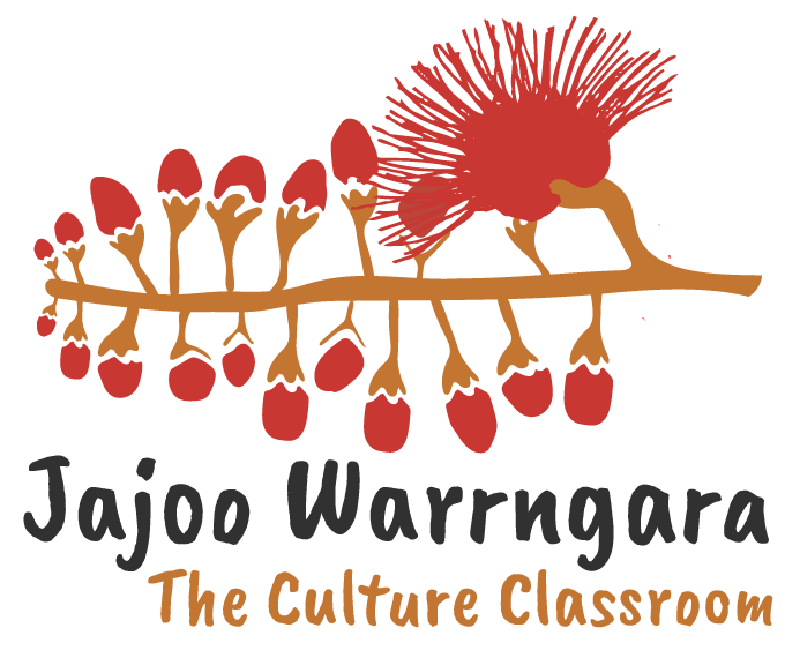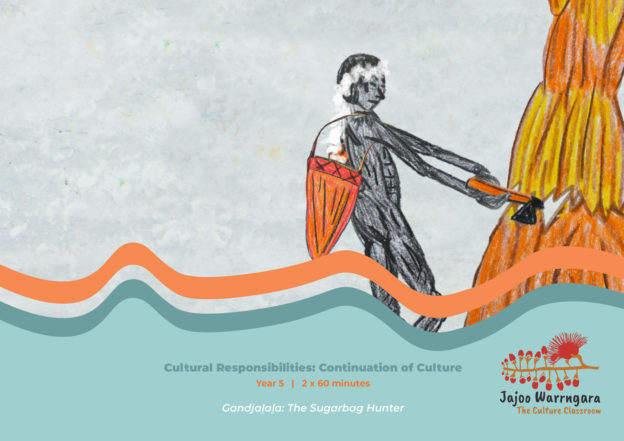Cross Curriculum Priorities
Aboriginal and Torres Strait Islander Histories and Cultures
A_TSICP1 First Nations communities of Australia maintain a deep connection to, and responsibility for, Country/Place and have holistic values and belief systems that are connected to the land, sea, sky and waterways.
A_TSIC1 First Nations Australian societies are diverse and have distinct cultural expressions such as language, customs and beliefs. As First Nations Peoples of Australia, they have the right to maintain, control, protect and develop their cultural expressions, while also maintaining the right to control, protect and develop culture as Indigenous Cultural and Intellectual Property.
A_TSIC2 First Nations Australians’ ways of life reflect unique ways of being, knowing, thinking and doing.
A_TSIP1 Australia has 2 distinct First Nations Peoples; each encompasses a diversity of nations across Australia. Aboriginal Peoples are the first peoples of Australia and have occupied the Australian continent for more than 60,000 years. Torres Strait Islander Peoples are the First Nations Peoples of the Torres Strait and have occupied the region for over 4,000 years.
Curriculum Links
AC9E5LE03 recognise that the point of view in a literary text influences how readers interpret and respond to events and characters
AC9E5LY01 describe the ways in which a text reflects the time and place in which it was created
AC9E5LY02 use appropriate interaction skills including paraphrasing and questioning to clarify meaning, make connections to own experience, and present and justify an opinion or idea
AC9E5LY04 navigate and read texts for specific purposes, monitoring meaning using strategies such as skimming, scanning and confirming
AC9E5LY05
use comprehension strategies such as visualising, predicting, connecting, summarising, monitoring and questioning to build literal and inferred meaning to evaluate information and ideas
AC9HP6P01 explain how identities can be influenced by people and places, and how we can create positive self-identities
AC9HS5K04 the influence of people, including First Nations Australians and people in other countries, on the characteristics of a place
AC9HS5S07 present descriptions and explanations, drawing ideas, findings and viewpoints from sources, and using relevant terms and conventions
Unit Content



